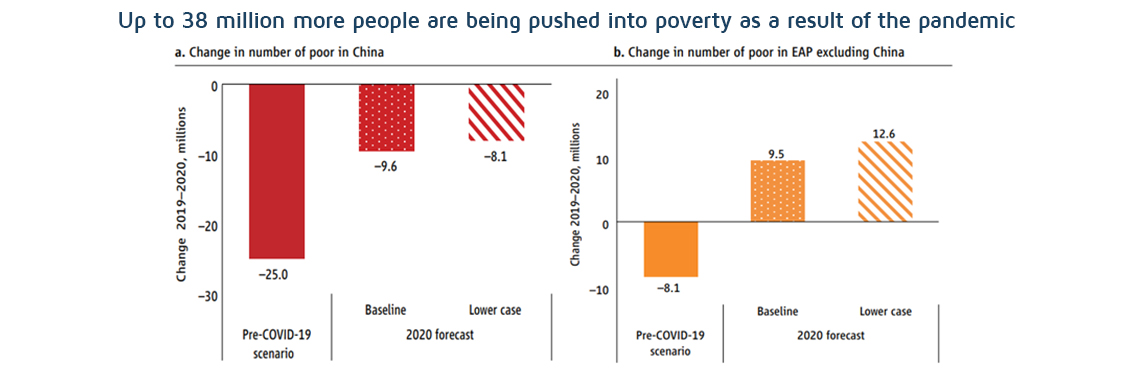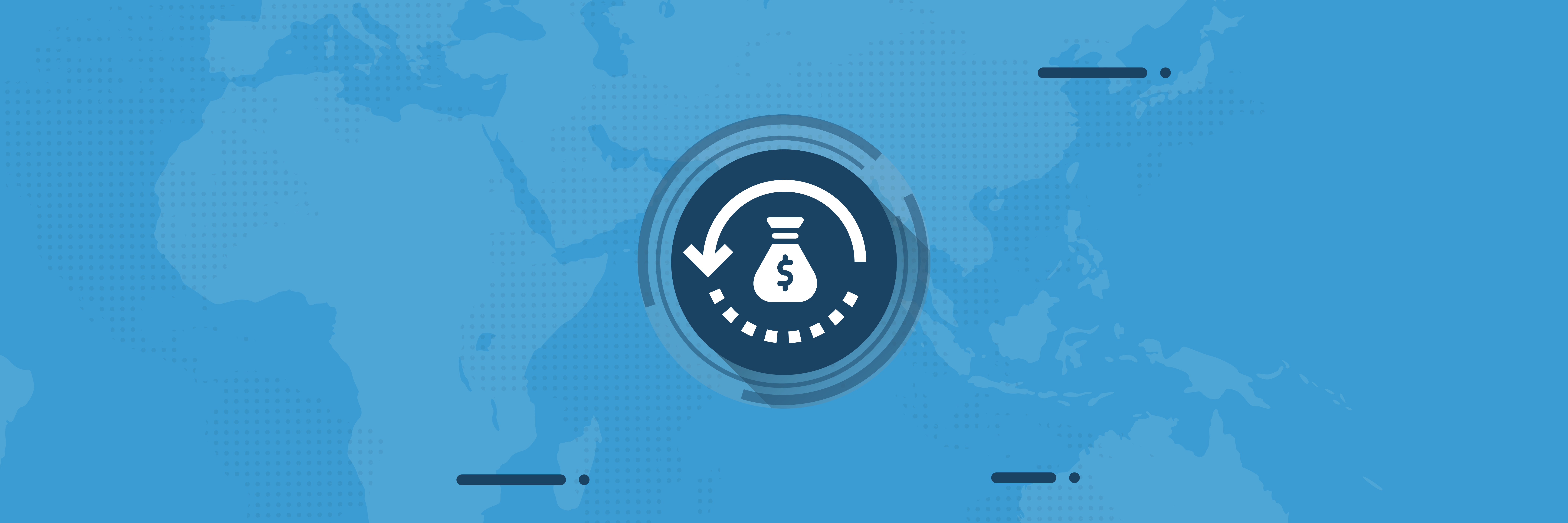A World Bank Report states that, while COVID-19 has been successfully contained in the East Asia and Pacific, the disruption to economic activities caused by the pandemic remains a challenge, particularly for vulnerable states.
This is according to the World Bank’s October 2020 Economic Update for East Asia and the Pacific (EAP) released on September 28.
“The pandemic has so far been contained in parts of the EAP region, but not in Indonesia and the Philippines, and is still a threat to other countries, most recently Myanmar,” the report said.
“The countries that contained the disease used a combination of stringent mobility restrictions, extensive testing-based strategies, and information programs to encourage precautionary behaviour,” it said.
However, the report also points out that the economic distress caused by the pandemic and the efforts to contain its spread have led to a significant curtailment of economic activity.
“These domestic difficulties were compounded by the pandemic-induced global recession which hit EAP economies that rely on trade and tourism hard. Country outcomes were generally related to how efficiently the disease was contained and how exposed countries were to external shocks. Output contracted by 1.8% in China in the first half of 2020 and by 4.0% on average in the rest of the region. The COVID-19 shock is expected to increase the number of people living in poverty in the region by 38 million in 2020—including 33 million who would have otherwise escaped poverty, and another 5 million who would be pushed back into poverty, using a poverty line of US$5.50/day (2011 PPP),” the report said.

Note: Poverty estimates are based on growth forecasts, population projections, and historical growth elasticities of poverty. US$5.50/day (2011 PPP) indicates the poverty line for upper-middle-income countries. The baseline and lower-case forecasts are as of September 17, 2020.
Relief-initiated measures in response by EAP governments have committed nearly 5% of GDP on average to support public health systems, assist household consumption, and help firms to avoid bankruptcy.
“But since these countries previously spent less than 1% of their GDP on average on social assistance, scaling up and implementation have proved difficult. In several countries, assistance has so far reached less than 25% of households whose incomes fell and only 10–20% of eligible firms. Reaching workers and firms in the informal sector has been the most difficult. Continuing support in a protracted crisis would strain the narrow revenue base of most EAP countries,’’ the report said.
It also noted that the successful containment of the disease in some countries is leading to a revival of domestic economic activity.
“But the EAP region’s economy is heavily dependent on the rest of the world, and global demand remains subdued. Trade will see a revival as global economic activity gradually resumes, but tourism is unlikely to recover soon. Though short-term capital has returned to the region, global uncertainty still inhibits domestic and foreign investment.
The capacity of financially strained governments to stimulate the economies is also limited. The region is forecast to grow by only 0.9% in 2020,” the report said.
The report also noted that China is forecast to grow by 2.0% — “because it has kept new infections at a low rate since early March, prioritized the revival of production, and increased public investment” while the rest of the EAP region is projected to contract by 3.5% on average in 2020.
Prospects for the region are brighter in 2021, with growth expected to be 7.9% in China and 5.1% in the rest of the EAP region, based on the assumption of continued recovery in the region and normalization of activity in major economies, linked to the possible arrival of a COVID-19 vaccine.
However, for all economies in the EAP region, the output is projected to remain well below pre-pandemic projections for the next two years. The outlook is particularly dire for some highly exposed Pacific Island countries where output is projected to remain about 10% below previous levels until late-2021.

